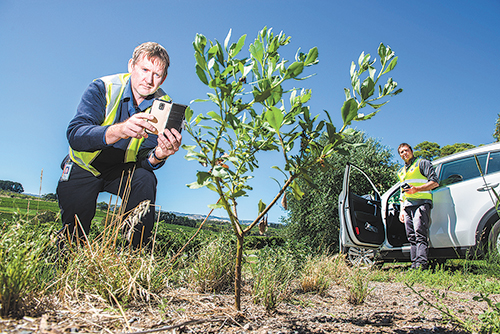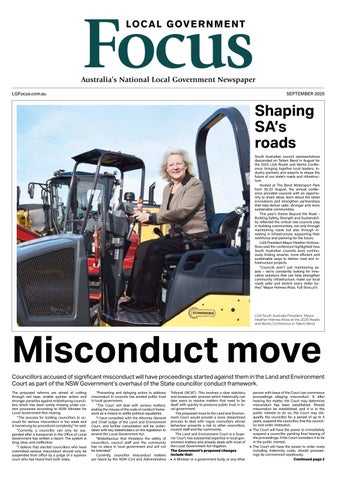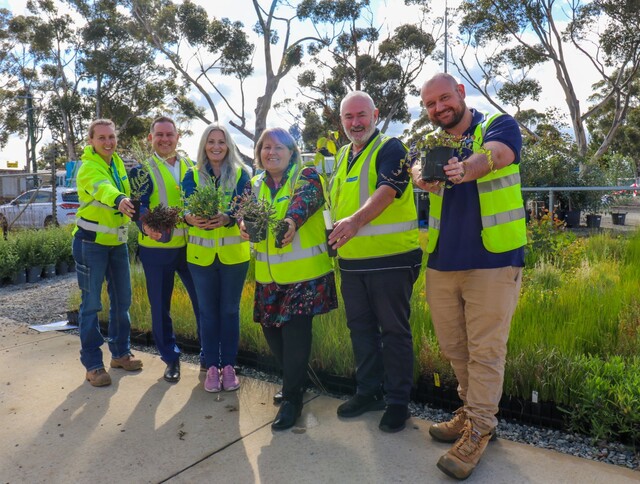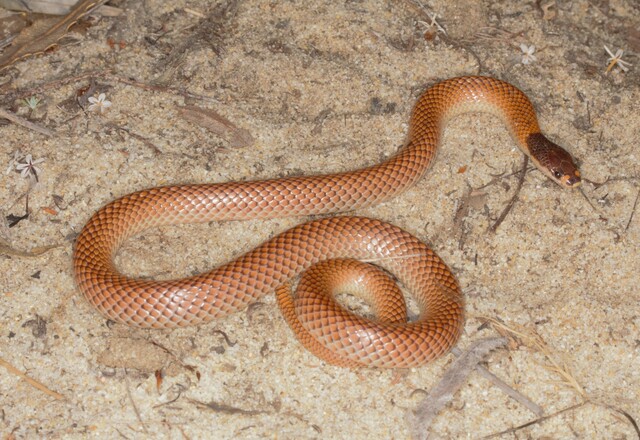New technologies, including a mobile app, in-house developed data capture and mapping processes, are helping the City of Onkaparinga in South Australia tackle a deep-rooted problem – weeds.
While the council has been working to fight weeds across the region for many years, the increasing use of in-field technology to map weeds is providing crucial missing information such as weed locations and levels of infestation.
Weed mapping involves searching for priority weeds such as Box Thorn and African Love Grass and then recording that information using a mobile phone or tablet.
Senior Nature Conservation Officer, Ben Moulton, said having this information is essential for a successful weed control strategy.
“The information we’ve gathered helps us with our strategy to determine whether some weeds can be contained and prevented from establishing further or whether they can be eradicated completely.
“The information about what type of weed, its exact location, its development stage and even a photo is uploaded to our database via a phone app.
“With satellite technology the weed data is recorded whilst in the field and its exact location is added to an online map which then allows us to see in real time how wide spread a particular weed is to help us manage and eradicate it.”
After utilising the data to develop control priorities, contractors are sent to eradicate targeted weeds and by using the same weed mapping technology, where previously they would have had to use paper maps, locating the weeds on the roadside or reserve is easier.
Once an infestation is controlled, contractors can then also update the existing weed record by recording the date and method of control.
Council has a legal obligation to manage weeds under the Natural Resources Management Act 2004 and is working on updated strategies to respond to changes to the Act, after 24 species were added to the list of declared plants.
According to the Natural Resources Management Act 2004, plants are considered declared species if they threaten primary industries, the natural environment or public safety and are therefore required to be managed.
Damage that can be caused by weeds ranges from their ability to reduce pasture quality, as is the case with Texas Needle Grass, to changing the structure of natural vegetation that animals rely on.








